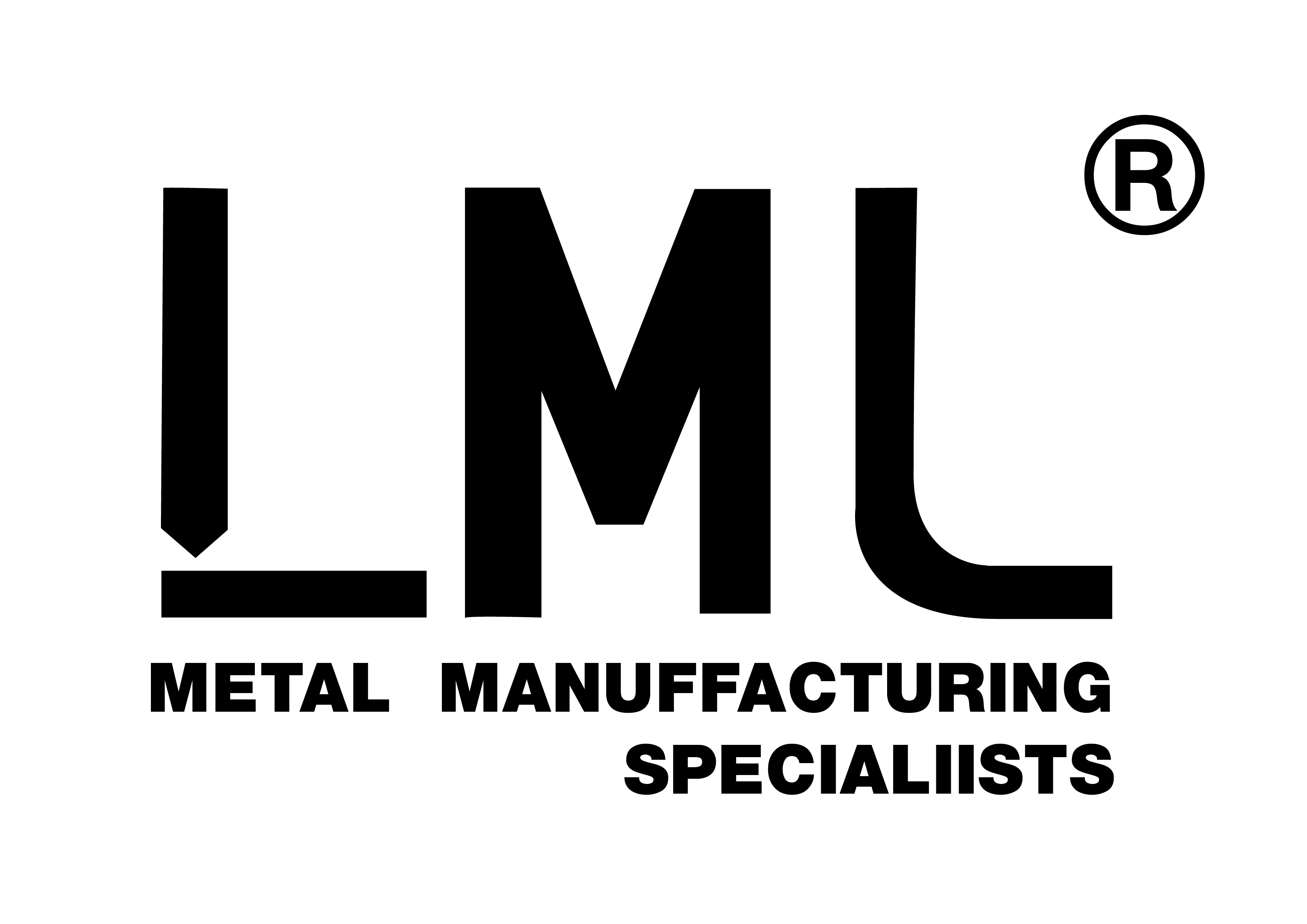Adding Your Brand Logo to CNC Machined Metal Parts: Engraving, Etching, Screen Printing and Beyond
In the competitive manufacturing world, brand identification has become increasingly crucial. For companies using CNC machining to produce metal parts, adding a permanent logo isn't just about branding—it's about authenticity, traceability, and professionalism. This article explores the primary methods for adding your brand logo to metal components: engraving, etching, screen printing, and other innovative techniques.
The Importance of Brand Marking on Metal Parts
Before diving into the methods, let's understand why adding your logo to metal parts matters:
- Brand Recognition: A distinctive logo makes your products instantly recognizable.
- Authenticity Verification: Permanent markings help distinguish genuine products from counterfeits.
- Professional Appearance: High-quality markings enhance the perceived value of your components.
- Permanence: Unlike labels or stickers, these markings withstand wear, temperature, and environmental exposure.
Laser Engraving: Precision and Versatility
Laser engraving (also called laser marking) uses concentrated laser beams to vaporize material surfaces, creating permanent, high-contrast markings.
How It Works:
A CNC-controlled laser focuses intense heat on the metal surface, selectively removing material to create visible patterns. The process can produce fine details down to 0.015mm line width with exceptional accuracy.
Advantages:
- High Precision: Capable of reproducing intricate logos and small text.
- Permanence: Marks withstand abrasion, heat, and chemical exposure.
- Non-Contact Process: No tool pressure means no part deformation.
- Speed: Ideal for high-volume production runs.
- Versatility: Works on most metals including stainless steel, aluminum, titanium, and alloys.
Considerations:
- Depth Limitations: Typically shallow surface markings.
- Material Dependent: Different metals require specific laser types and settings.
- Color Contrast: May require additional processes for optimal contrast on some metals.
Best for: Precision components, medical devices, aerospace parts, and electronic enclosures where accuracy and permanence are critical.
Chemical Etching: Complex Designs with No Stress
Chemical etching (or acid etching) uses controlled chemical reactions to selectively remove metal from specified areas.
How It Works:
The process involves:
- Cleaning the metal surface thoroughly.
- Applying a acid-resistant mask in the desired pattern.
- Exposing the part to etching chemicals that dissolve unprotected areas.
- Removing the mask and cleaning the part.
Advantages:
- No Mechanical Stress: Ideal for thin or delicate parts.
- Complex Designs: Creates intricate patterns without affecting material properties.
- Consistency: Excellent for high-volume production with consistent results.
- Cost-Effective: Lower tooling costs compared to mechanical engraving.
Considerations:
- Chemical Handling: Requires proper safety protocols and waste disposal.
- Depth Control: Less precise than mechanical methods for deep etching.
- Material Limitations: Not all metals etch equally well with standard chemicals.
Best for: Decorative items, nameplates, complex logos, and thin-gauge components.
Screen Printing: Traditional Method for High-Contrast Logos
Screen printing applies designs using a mesh screen to transfer ink onto the metal surface.
How It Works:
A fine mesh screen is prepared with your logo design (areas to be printed remain open). Ink is forced through the screen onto the metal part, then typically cured with heat for durability.
Advantages:
- Excellent Color Options: Wide range of ink colors available.
- Thick Layers: Can build up substantial ink thickness for tactile effects.
- Cost-Effective for Bulk: Economical for large production runs.
- Adaptable: Works on flat, curved, and irregular surfaces.
Considerations:
- Durability: May wear over time with abrasion or chemical exposure.
- Process Limitations: Not ideal for very fine details below 0.2mm.
- Curing Required: Typically needs heat curing for proper adhesion.
Best for: Consumer products, control panels, decorative items, and applications where color is important.
Other Notable Methods
1. Dot Peen Marking
Uses a stylus to create a series of dots forming patterns. Economical for serial numbers and simple logos but limited in detail resolution.
2. Embossing/Debossing
Creates raised or recessed logos using pressure dies. Excellent for tactile labels but requires significant force not suitable for all components.
3. Digital Direct Printing
Inkjet-style printing directly onto metal surfaces. Good for color graphics but generally less durable than other methods.
4. Electrochemical Etching
Uses electricity and electrolyte solutions to mark metals. Effective for dark marks on stainless steel without surface removal.
Choosing the Right Method for Your Application
Consider these factors when selecting a logo application method:
- Material Type: Some methods work better on specific metals.
- Part Geometry: Flat vs. curved surfaces affect method suitability.
- Production Volume: High volumes justify different methods than prototypes.
- Detail Requirements: Fine details need laser or chemical etching.
- Environmental Conditions: Consider exposure to wear, chemicals, or weather.
- Budget Constraints: Balance upfront costs with long-term durability.
Design Tips for Effective Metal Logos
- Simplify Designs: Complex logos with fine details may not reproduce well.
- Consider Scale: Ensure legibility at the intended size.
- Account for Process Limitations: Each method has minimum line width and spacing requirements.
- Test First: Always test your logo with the chosen method on actual production material.
Conclusion
Adding your brand logo to CNC machined metal parts is both an art and a science. Whether you choose laser engraving for precision, chemical etching for complexity without stress, screen printing for color impact, or another method, each technique offers unique advantages for different applications.
The most successful implementations consider both the technical requirements of the part and the branding goals of the company. By understanding these methods, you can make informed decisions that enhance your products' value and strengthen your brand identity in the marketplace.
Have you used any of these methods for your products? Share your experiences in the comments below!


